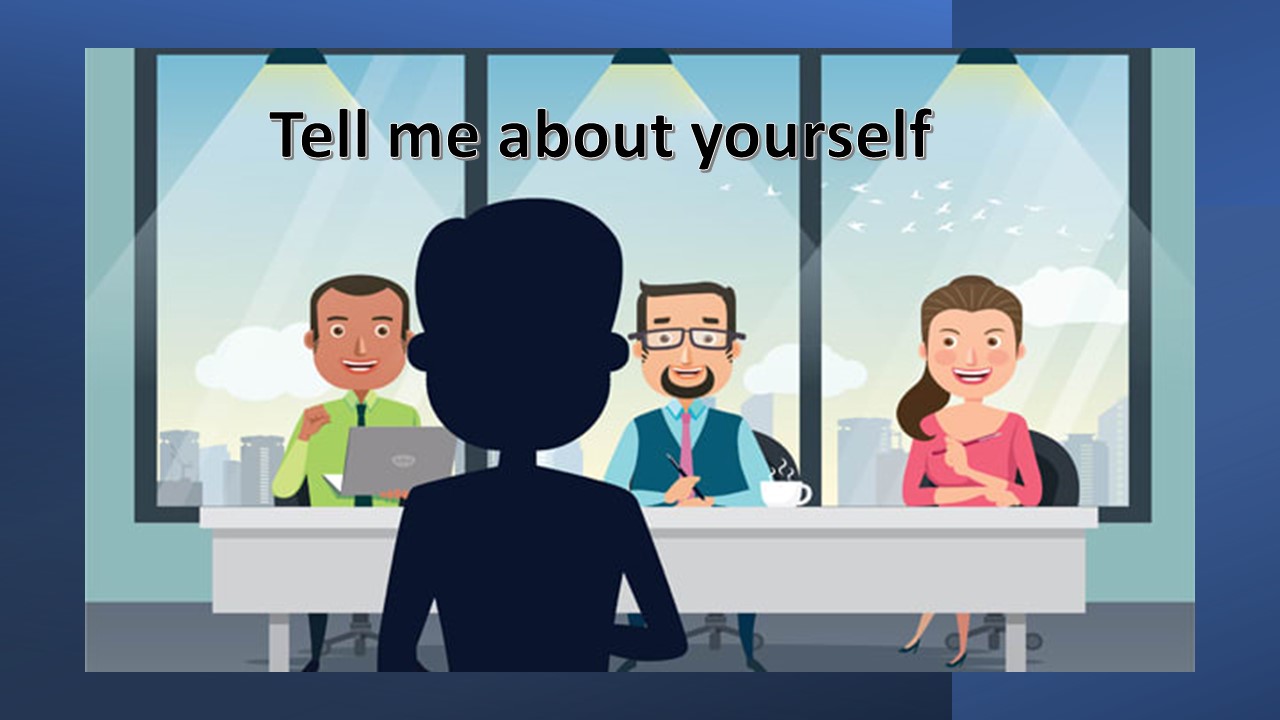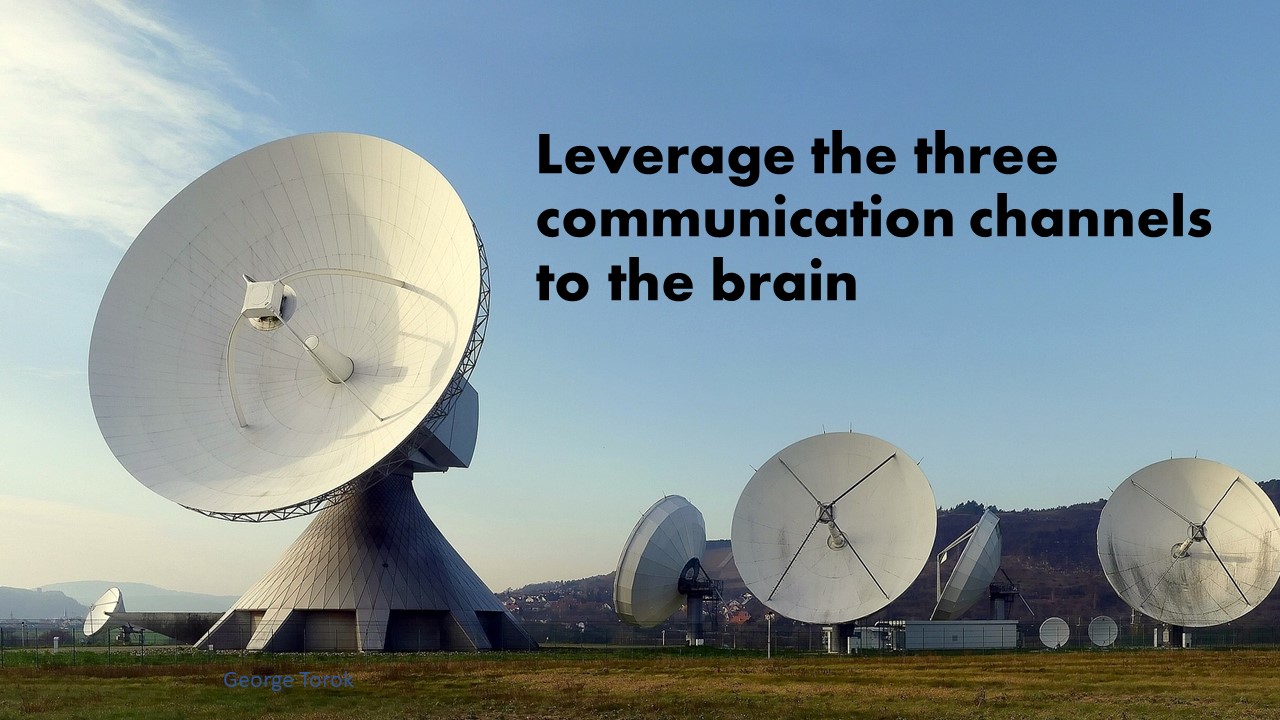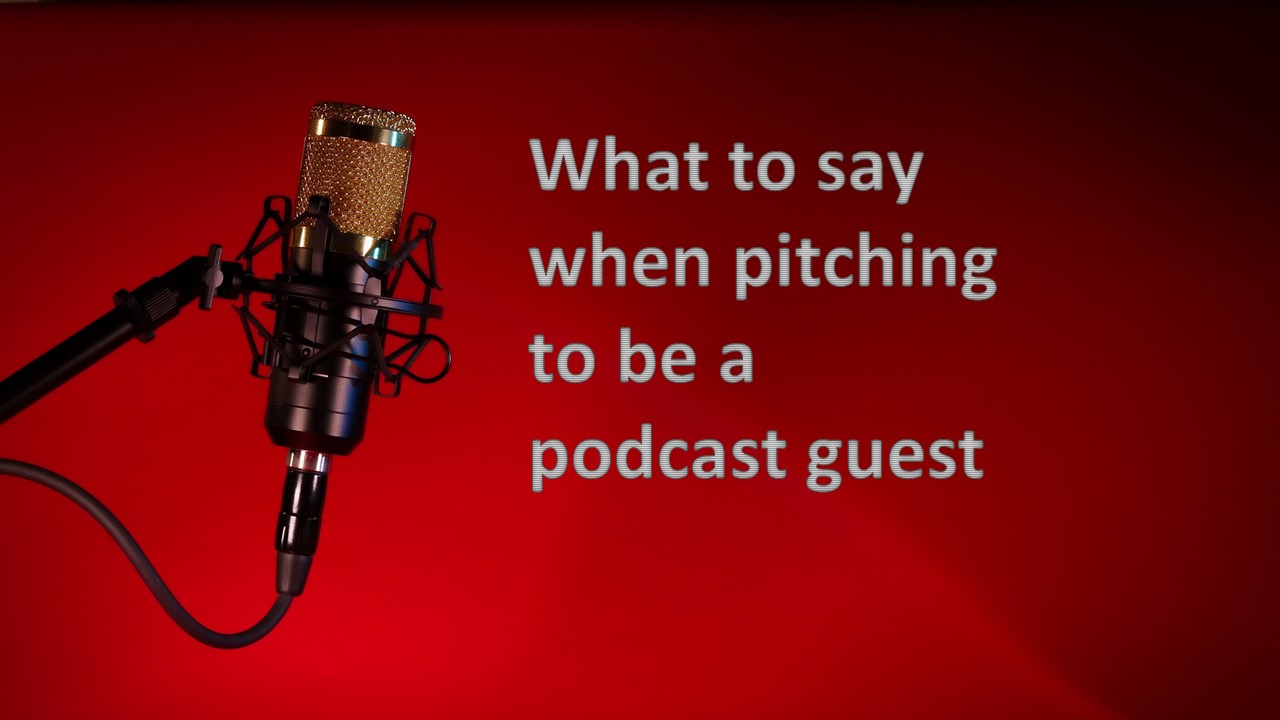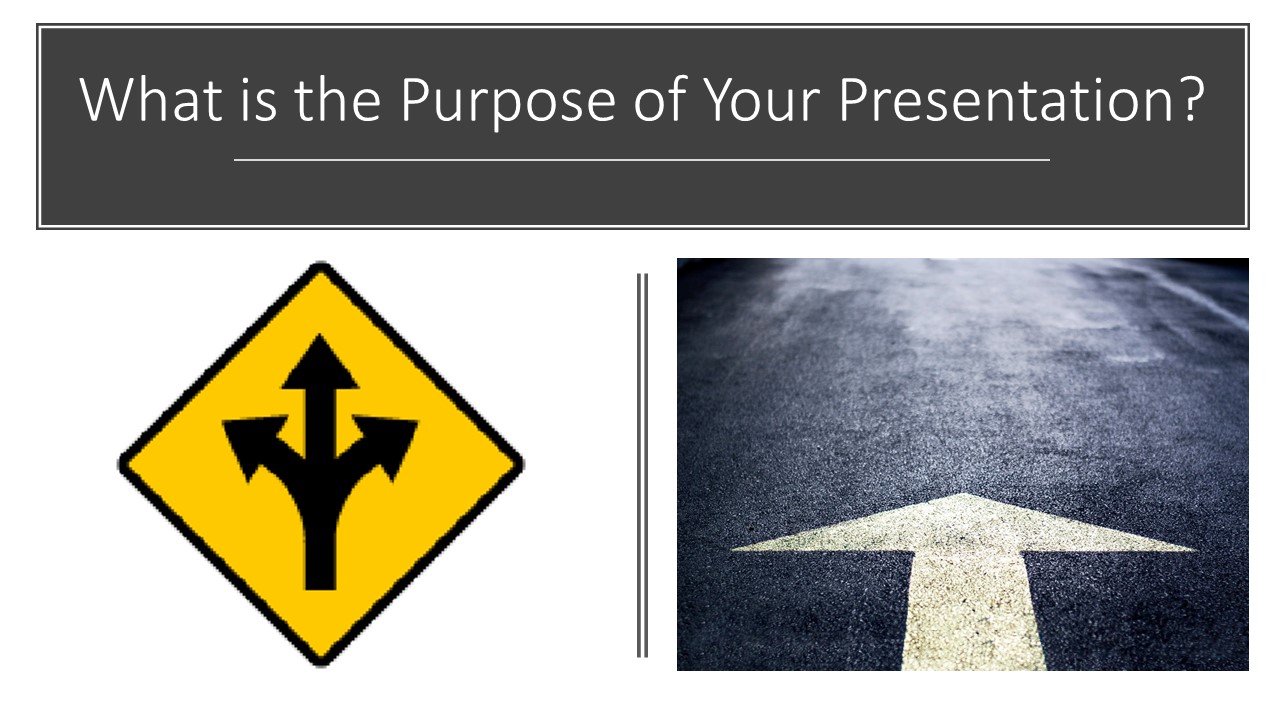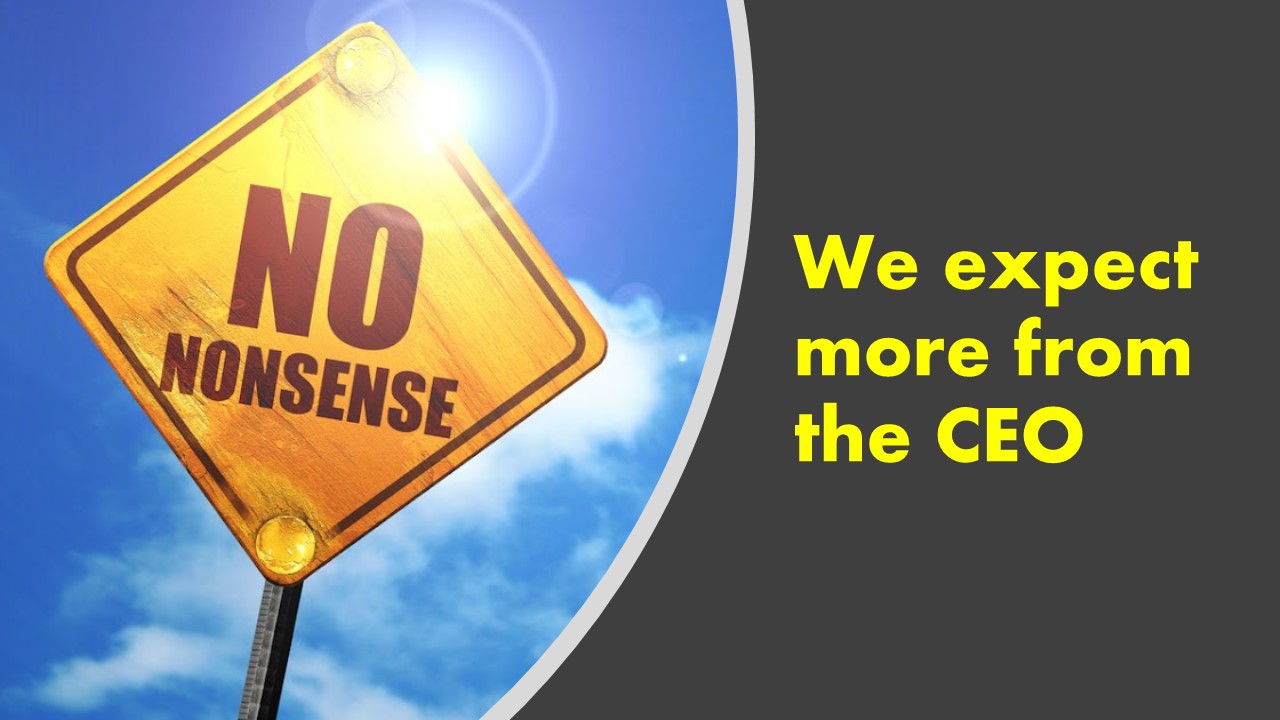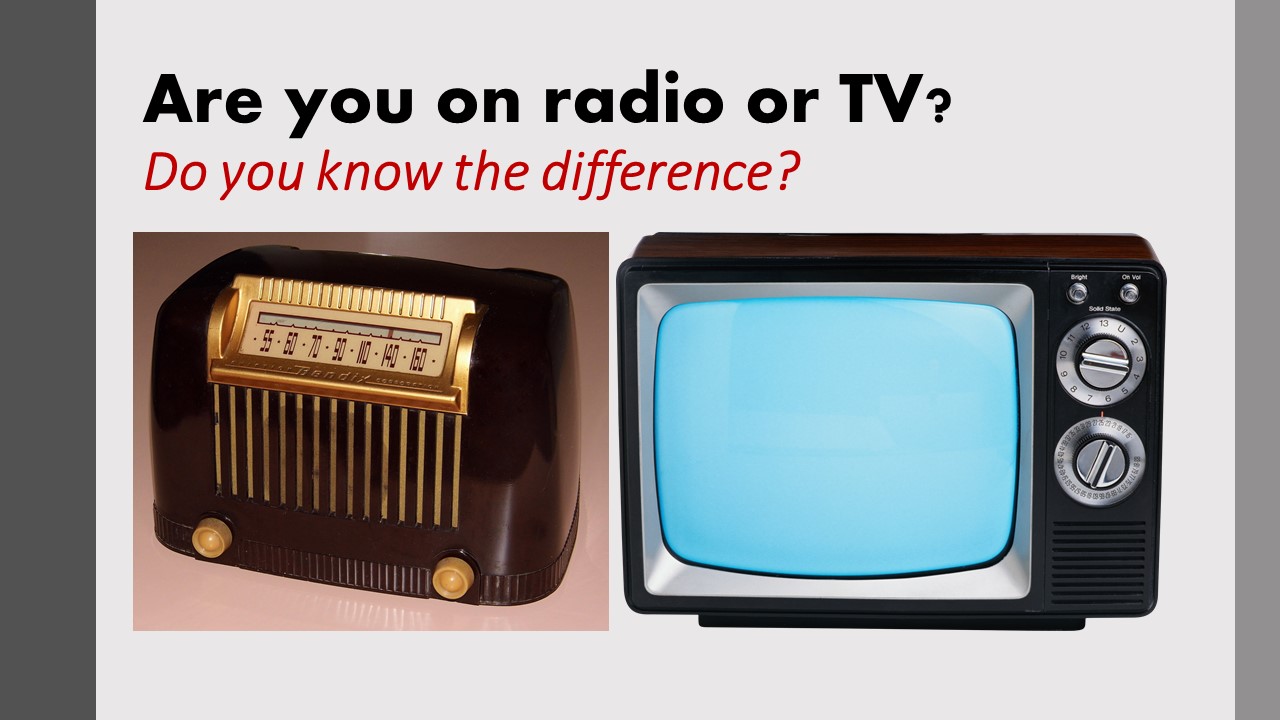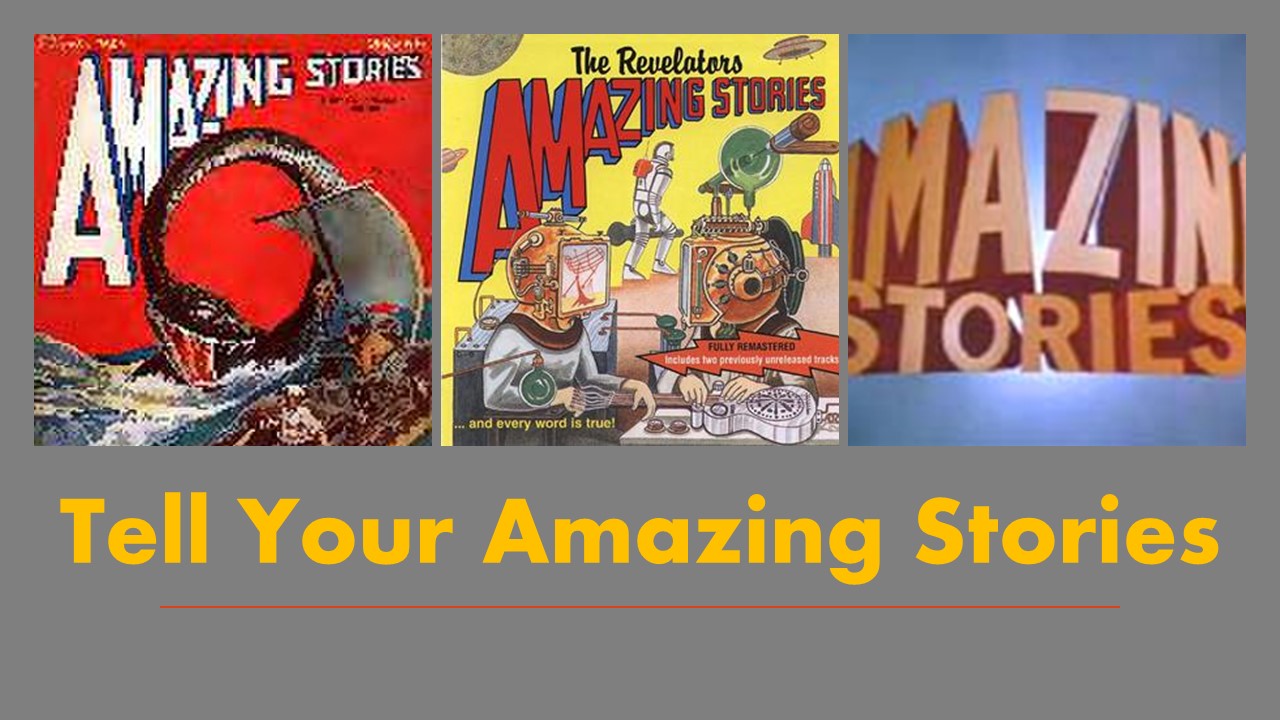This was a question that was often asked in job interviews. I used to think that it was a lazy question from the interviewer. No imagination in posing that question. It was non- specific and vague. Then I realized that it might be a brilliant question because of the vagueness. The vagueness of the question would probably disrupt the comfort of the candidate. Let’s see how they handle this challenge.
What are the Three Communication Channels you Must Use?
The three main communication channels are processed by distinct areas within the brain. By using these channels correctly you leverage the different strengths of each channel. These channels are: Words, Voice and Visual.
How to Introduce your Guest Speaker – live or virtual
Introduce Your Guest Speaker with Bravado
When you are asked to introduce a guest speaker, grab the opportunity because it’s a chance to practice your speaking skills and connect with the speaker.
An introduction is a mini speech. Remember you are not the star so don’t try to steal the stage from the guest speaker. The audience didn’t show up to listen to your introduction so don’t try to be the entertainment. The speaker will appreciate a warm and inviting introduction.
Grab Attention when You Open Your Presentation with Contrast
Open Your Presentation with Contrast to grab Attention. Why open you presentation with contrast? To grab attention, to engage, to trigger thinking. To highlight the difference between two opposite choices and the resulting outcomes. To create curiosity, stimulate interest and insight intrigue.
How to Look better on virtual meetings: Think TV not Radio
How to Look better on virtual meetings: Think TV not Radio. Radio is only audio – words, voice, tone, pace pattern, music. The audio must be good.
TV is that plus the visual – body language, imagery, photos, movement. The audio must be good. The video must be better.
On TV the visual dominates the impact (if the audio quality is acceptable). Poor audio sabotages both radio and TV.
Let’s assume that your audio is acceptable. This standard can vary based on the circumstance and expectations.
How to Tell Your Stories
The best speakers tell stories. Your audience forgets most of what you said in your presentation. They forget your name. If they remember anything, it’s your best stories. You know it was an effective story when they repeat it to others. They might not repeat it word for word – but they convey the essence of your message. That makes your presentation story a success.

